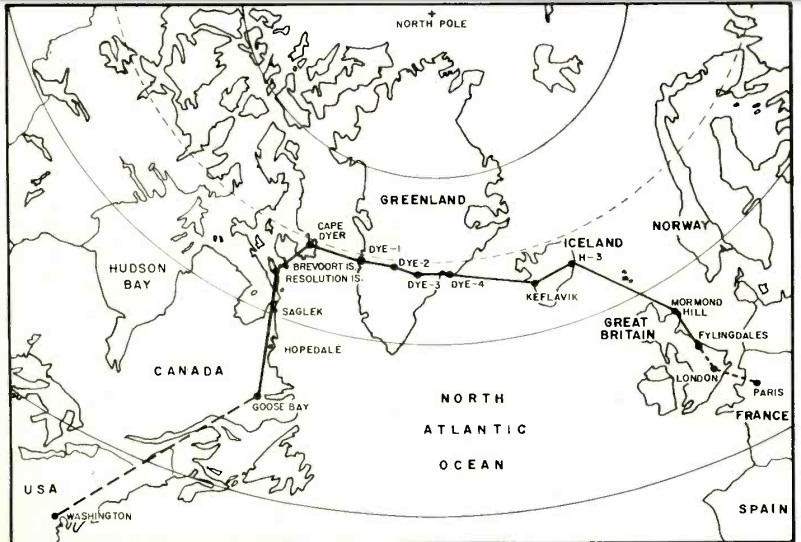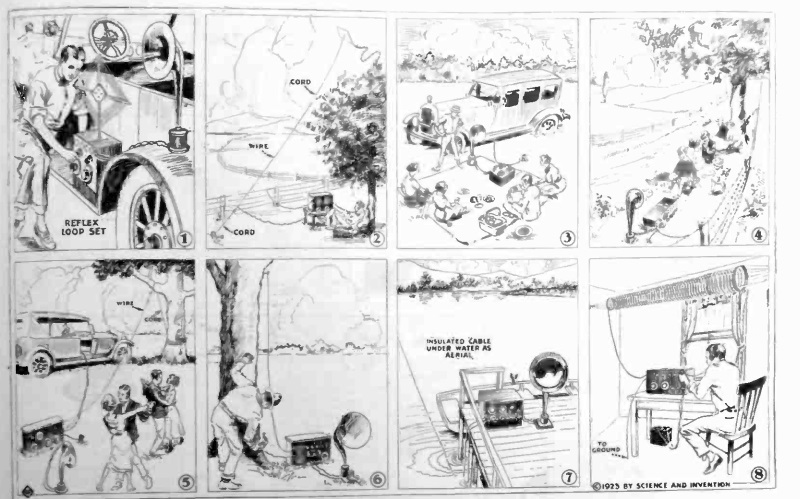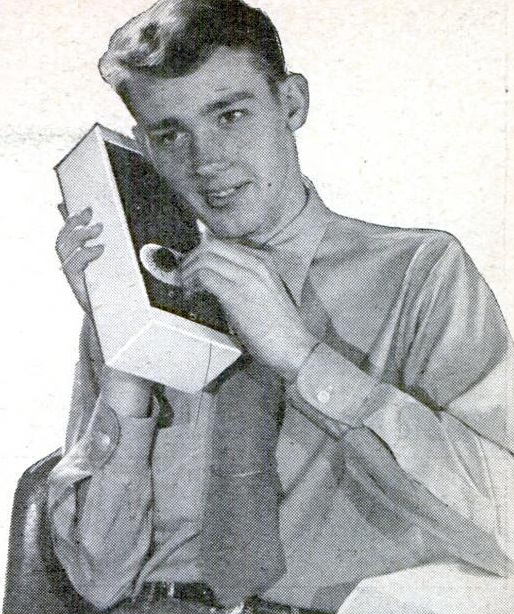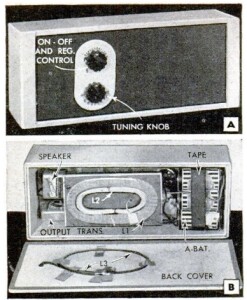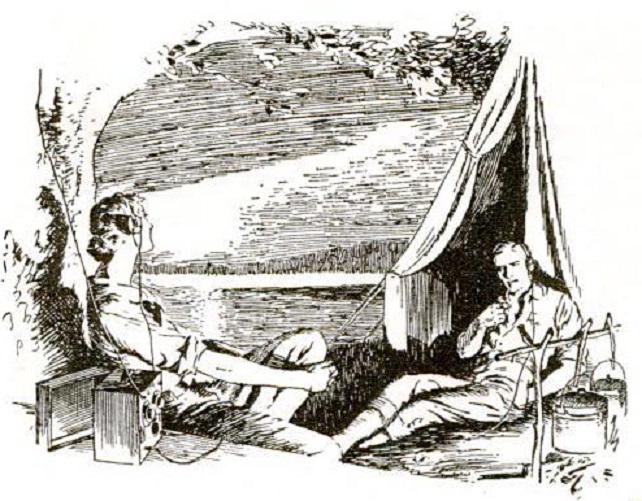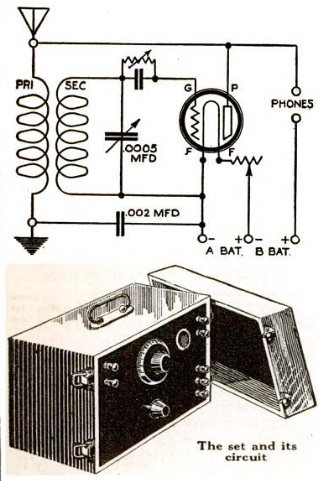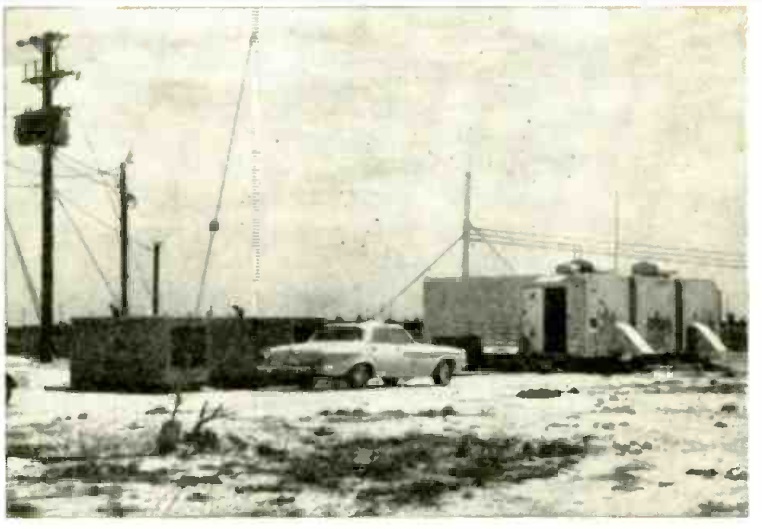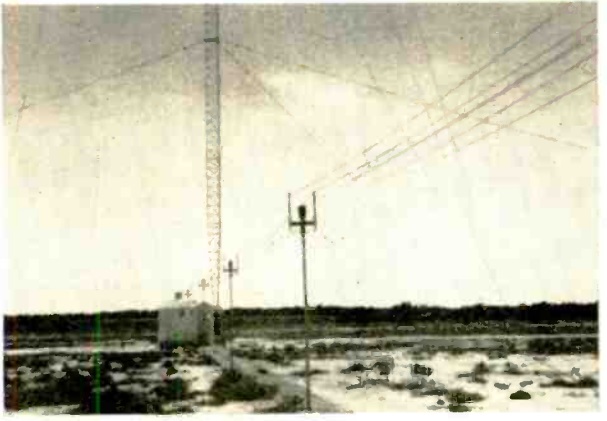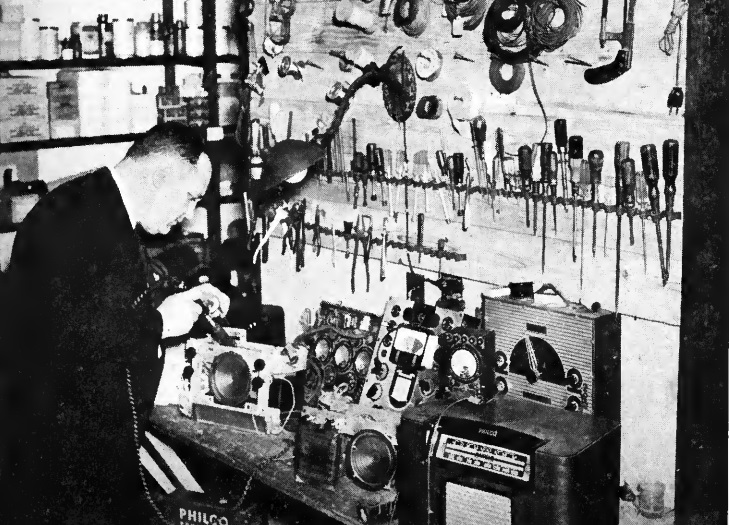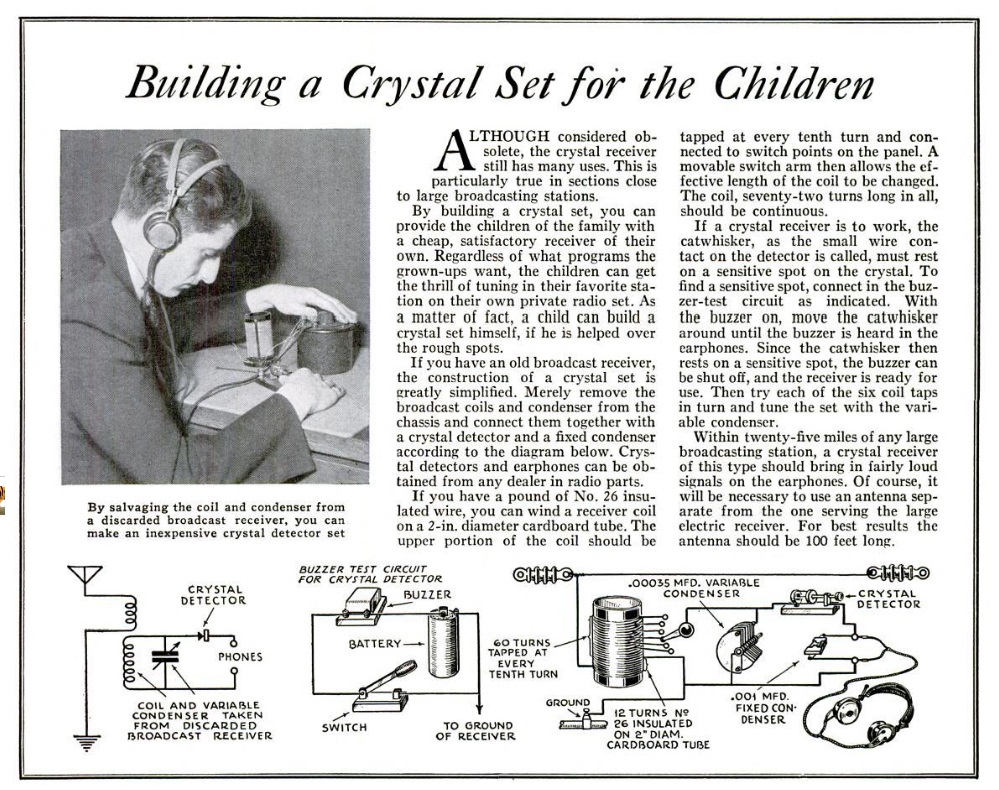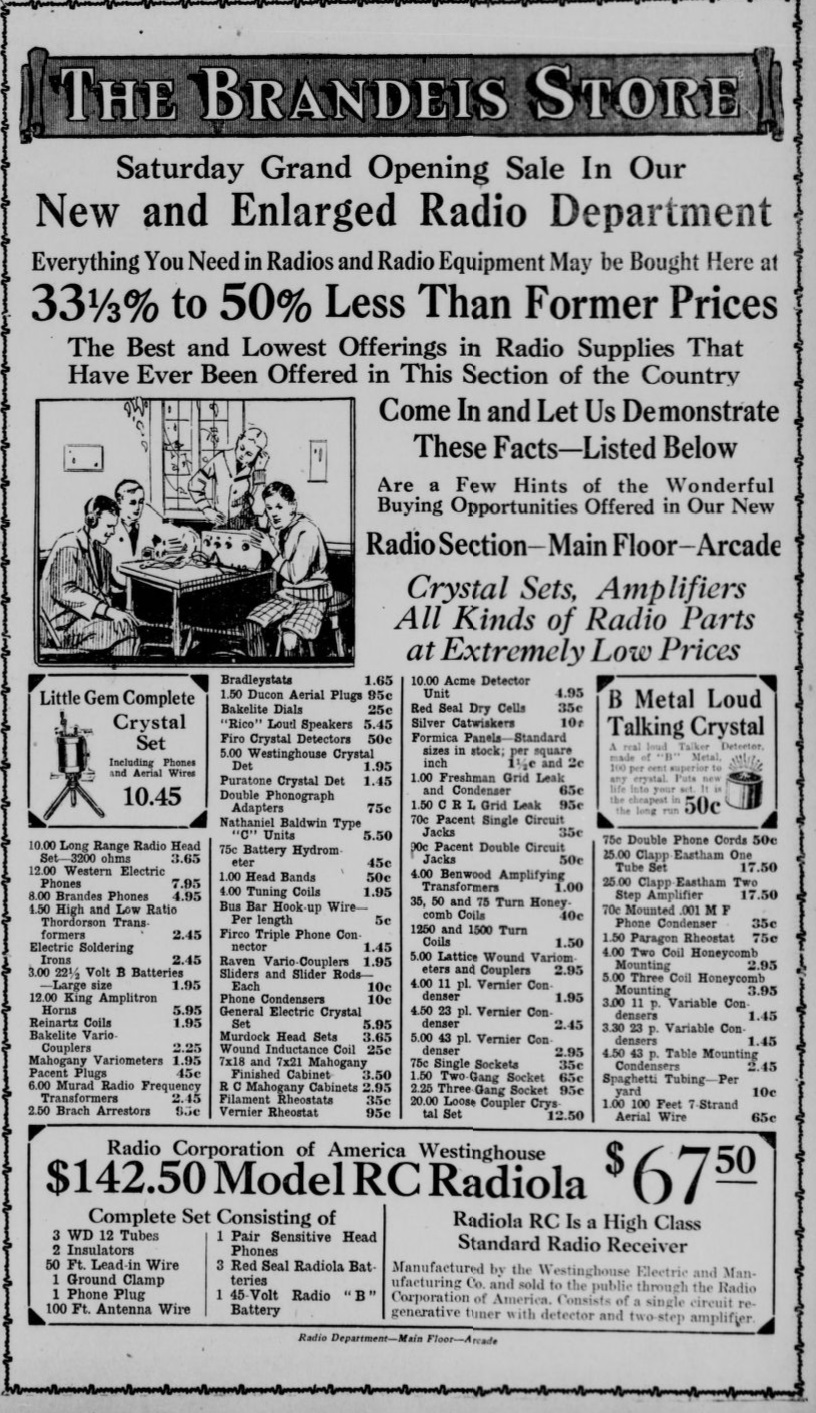 A hundred years ago, radio was rapidly becoming a national phenomenon, and if you didn’t already own a radio, you would have one soon. If you lived in Omaha, this ad from the Omaha Morning Bee, August 25, 1923, showed you that you could get everything you needed at the newly expanded radio department of the Brandeis Store.
A hundred years ago, radio was rapidly becoming a national phenomenon, and if you didn’t already own a radio, you would have one soon. If you lived in Omaha, this ad from the Omaha Morning Bee, August 25, 1923, showed you that you could get everything you needed at the newly expanded radio department of the Brandeis Store.
The easiest way to get started on a budget would be the Little Gem crystal set. For only $10.45, you would get not only the radio, but also headphones and aerial wire.
The General Electric crystal set was $5.95, but by the time you bought headphones and antenna wire, the price was probably about the same.
If you were well heeled, you could get a complete three-tube Radiola, complete with batteries, tubes, antenna, and tubes, for $142.50.
If you need something to compare those prices to, this grocery ad appeared on the same page. A yard of spaghetti tubing would set you back a dime, but three packages of real macaroni would be a quarter.
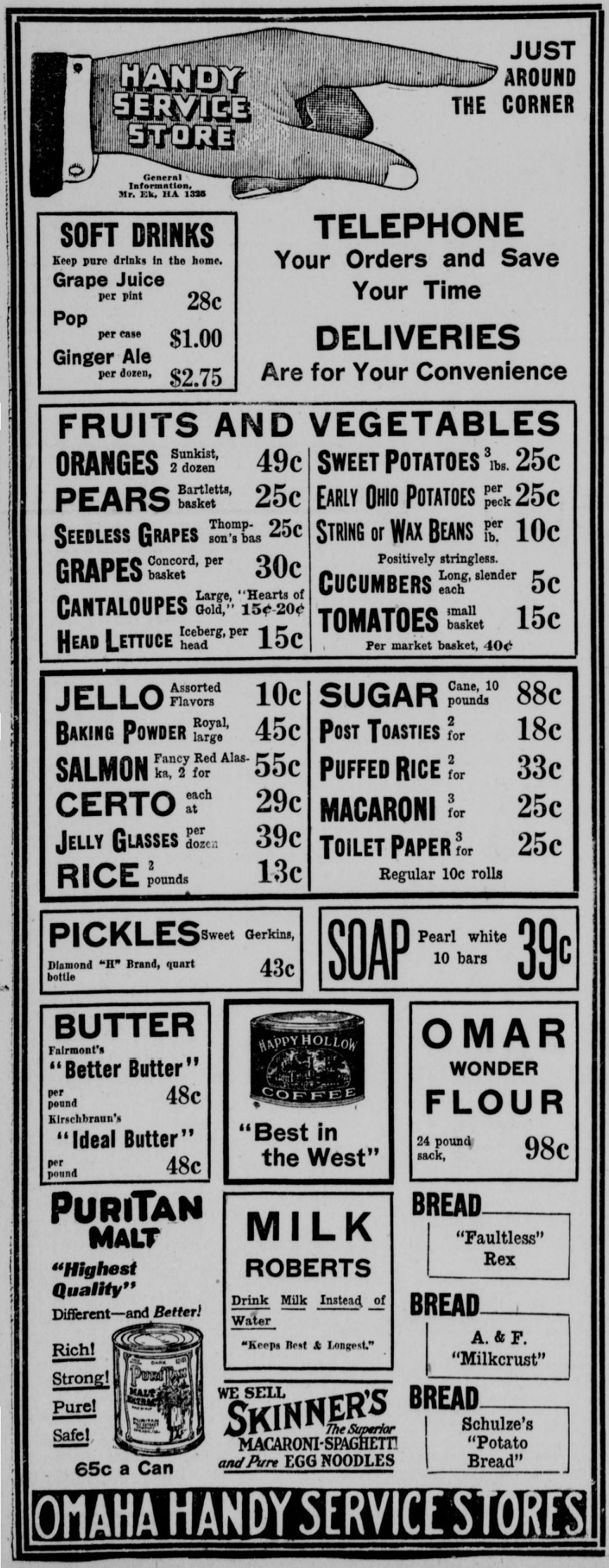
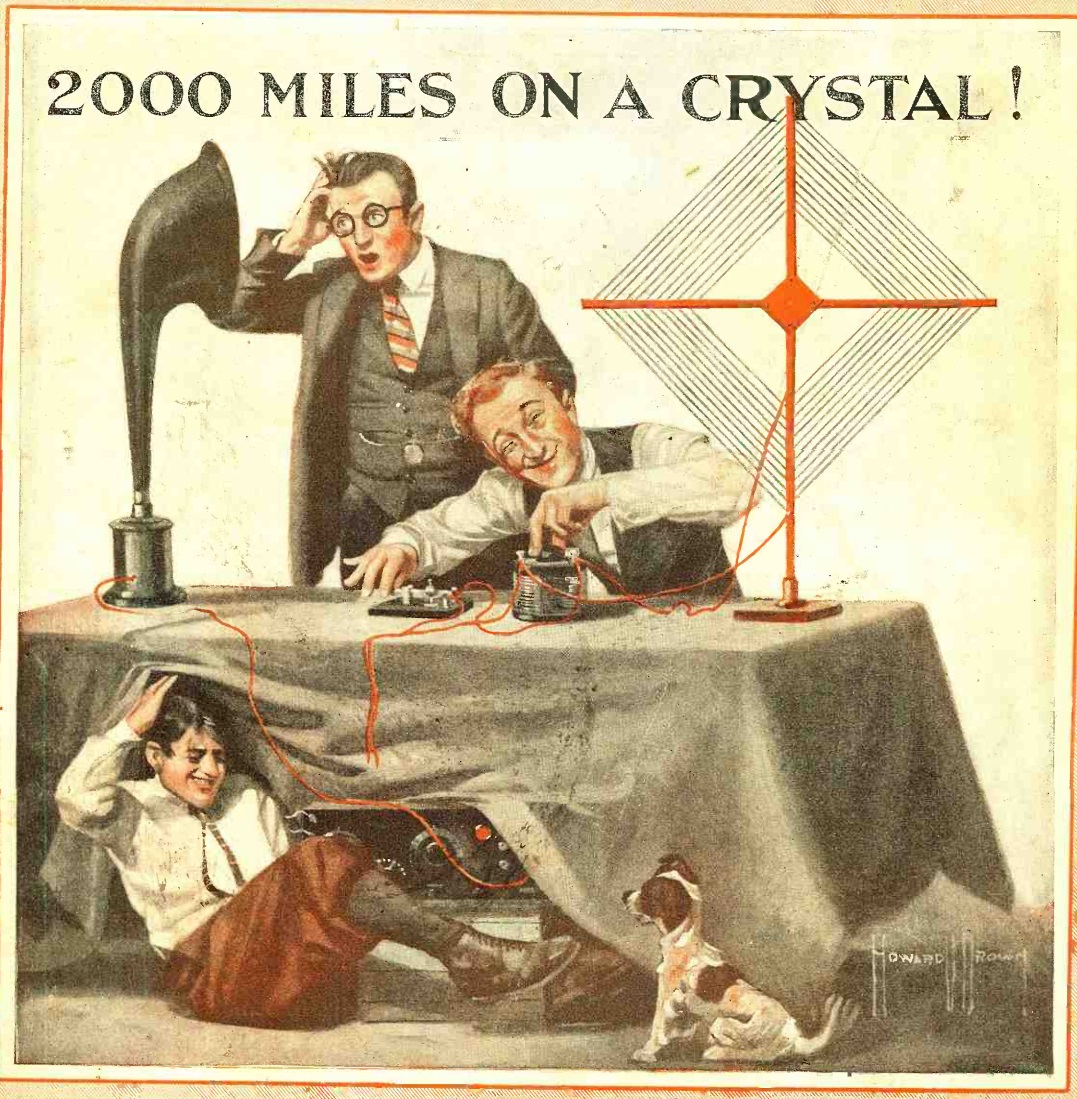 A hundred years ago this month, this illustration appeared on the cover of the August 1923 issue of Radio News. Most radio listeners had graduated beyond the crystal set, but this gentleman purports to have a super crystal set that can not only pull in a station 2000 miles away, but provide loudspeaker volume.
A hundred years ago this month, this illustration appeared on the cover of the August 1923 issue of Radio News. Most radio listeners had graduated beyond the crystal set, but this gentleman purports to have a super crystal set that can not only pull in a station 2000 miles away, but provide loudspeaker volume.


